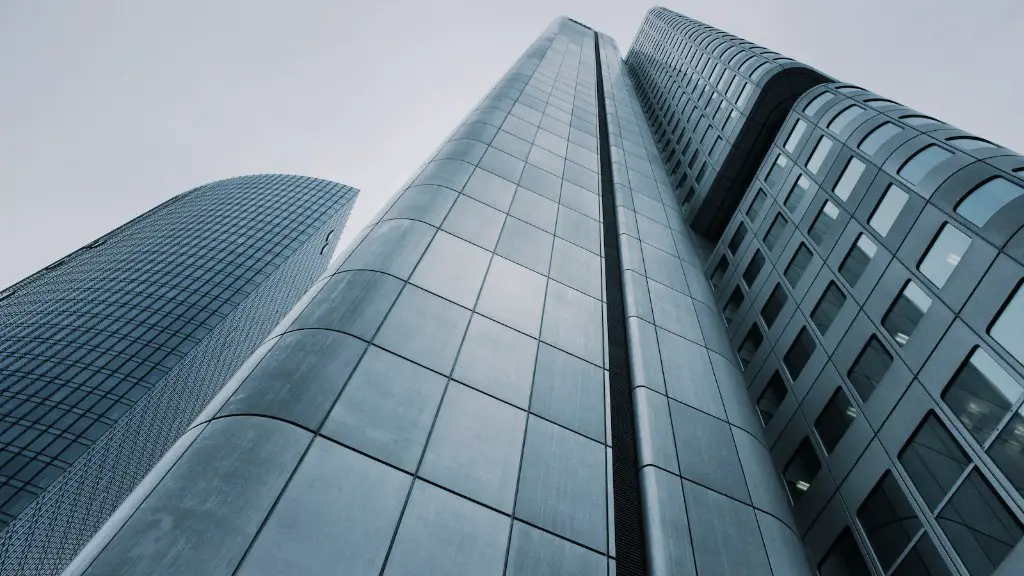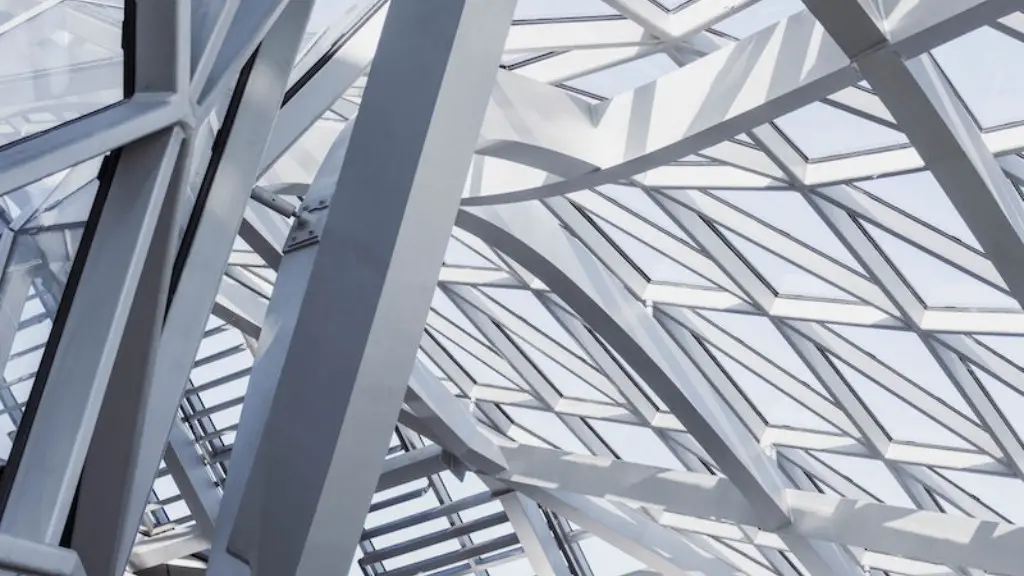Architecture is an important part of our lives, influencing the way we live, work, and play. It shapes our environment and how we interact with it. It is a reflection of our culture. Architecture can be a source of inspiration, delight, and pride. It also has a profound impact on our health, safety, and well-being.
It is no wonder why architecture is so important. It plays a huge role in defining the character of our cities and towns. Our cities and towns need architectural design that is beautiful and functional. Good architecture is instrumental in making our cities more livable and attractive to business, tourists, and home buyers.
Architecture is also an important factor in economic development. Well-designed and well-constructed buildings can increase foot traffic, attract more business, and add to the collection of iconic architecture that sets a city apart. In addition, beautiful and innovative buildings can be used to market a city and make it an attractive place to live.
On a much smaller scale, our individual homes, businesses, and other buildings are a reflection of our personality and our values. Good design can have a positive impact on our moods, productivity, and well-being. In addition, how we design and construct buildings has a tremendous effect on human health and safety, making sure that buildings remain structurally sound and functional for many years to come.
Architecture is a form of art, as well as an expression of personal identity, but it should never be done in a vacuum. A good architect is always aware of the context of a building, understanding the local environment, materials, climate, and culture. A project should be carefully evaluated in order to make sure it meets the needs of the people who will occupy it.
Overall, architecture is an incredibly important part of our lives, from the macro to the micro. It shapes our environment, influences our wellbeing, and impacts our economic development. Architects have a great responsibility to create buildings that are beautiful, purposeful, and safe for many generations to come.
The Importance of Design
Good design is essential for good architecture. Design is more than just aesthetics; it is a way of thinking that considers how people interact with space and how a building is experienced and understood. Good design takes into consideration the users of the building, incorporating the daily needs and preferences of those people.
Design must also consider the environment. A building should be energy efficient, using natural elements to keep energy costs down and to promote sustainability. Resources should be used carefully, with an understanding of local materials and techniques that minimize environmental impact. In addition, public spaces should be designed with comfort and usability in mind, creating inviting and hospitable spaces that are accessible to all.
Good design also helps ensure the longevity of a building. By carefully considering the materials and techniques used in construction, a building should remain structurally sound for years to come. It is also important for a building to be flexible and adaptable, so that it can be used in new and innovative ways in the future.
Good design is a crucial component of good architecture, and it should always be taken into consideration when planning and constructing any building. It is the foundation of good architecture and can make a lasting impression on the people who interact with it.
The Role of Technology
Technology has also had a major impact on the field of architecture. From computer-aided design to virtual reality, technology has enabled architects to design more innovative and creative buildings. Building information modeling, or BIM, is becoming increasingly popular, allowing architects to design with more precision, accuracy, and understanding.
Advancements in fabrication and materials have also helped drive innovation in architecture. Building materials such as steel, concrete, and glass are being used in new and creative ways, allowing architects to create stunning creations with minimal maintenance. Technology has also helped reduce the amount of energy used in construction, as well as the amount of resources used to build a structure.
At the same time, technology has caused some concerns. As architects become more reliant on machines and software, their ability to think outside the box to create truly inspiring buildings is being diminished. Architects must always strive to maintain their creativity and always look for ways to push the boundaries of architecture.
Overall, technology has had a great impact on the field of architecture. While it has allowed architects to make more precise and efficient designs, it is important for architects to remember the importance of creativity and to never forget the human element of architecture.
The Role of Education
Architecture is an ever-evolving field and architects must stay on top of the latest trends and technologies in order to remain relevant. Education is a key factor in staying up to date. Programs that focus on theory and practice, such as architectural studios and seminars, are essential for architects to gain skills and knowledge in the field.
In addition, mentorship is an important part of the learning curve. Working with experienced architects and being exposed to their ideas and methods is a great way to expand one’s knowledge and understanding of the field. Networking with other architects, attending conferences and lectures, and reading books and articles are all part of a well-rounded education.
It is also important for architects to be aware of their environment. Participating in urban planning, historic preservation, and other community projects can help one gain insight into the needs and preferences of the people living and working in the area. This knowledge can help inform an architect’s designs and help make sure that a building is truly useful to the community.
Overall, education is an important part of the profession of architecture. It is essential for architects to stay up to date and to be aware of their environment. Through learning, architects can make informed decisions and help create meaningful and lasting buildings.
The Challenges of sustainability
Sustainability is an important part of modern architecture. Buildings should not just be aesthetically pleasing, but also environmentally friendly. As the global population continues to grow, the demand for sustainable buildings is increasing. This can present a great challenge for architects, as they are tasked with creating buildings that are designed with longevity and sustainability in mind.
Sustainability requires vision and knowledge. Architects must be aware of new materials and technologies, as well as techniques such as green roofs and adaptive reuse. A building should be designed with the environment in mind, reducing energy consumption and using resources responsibly.
In addition, architects should be aware of the economic and social implications of a building. Sustainability must extend beyond the physical structure, to include the economic viability of a project. Will the project create jobs and economic development? Will it increase foot traffic or create a sense of community? These are important questions to consider when designing a sustainable building.
Overall, sustainability is a key part of modern architecture. As an ever-growing population continues to demand more, architects must stay aware of new materials, technologies, and techniques that can help create buildings that are both environmentally friendly and economically viable.
The Impact on Society
Architecture has a profound impact on society. The design and use of space can influence how people interact with each other and how they perceive the world around them. Buildings should be designed to be comfortable, empowering, and inviting. Good architecture should also foster a sense of community, not just for the people who inhabit it but also for the larger society.
Architecture should also pay homage to the past, while looking to the future. Incorporating elements of traditional architecture, while pushing boundaries of innovation, can create meaningful connections between past and present. It can also help preserve a city’s unique sense of cultural identity.
It is also important to consider the social implications of a building. Architecture should not only create a sense of place, but it should also consider the impact it has on the community. Will it create jobs or increase economic development? Will it foster a sense of belonging or provide access to education? Is it accessible to all? These are important questions to consider when designing for society.
Overall, architecture has a great impact on society. As architects, we have a responsibility to create buildings that are meaningful, inviting, and functional. We must be aware of our impact on the environment, economy, and culture, and strive to create buildings that will have a positive and lasting effect on society.





